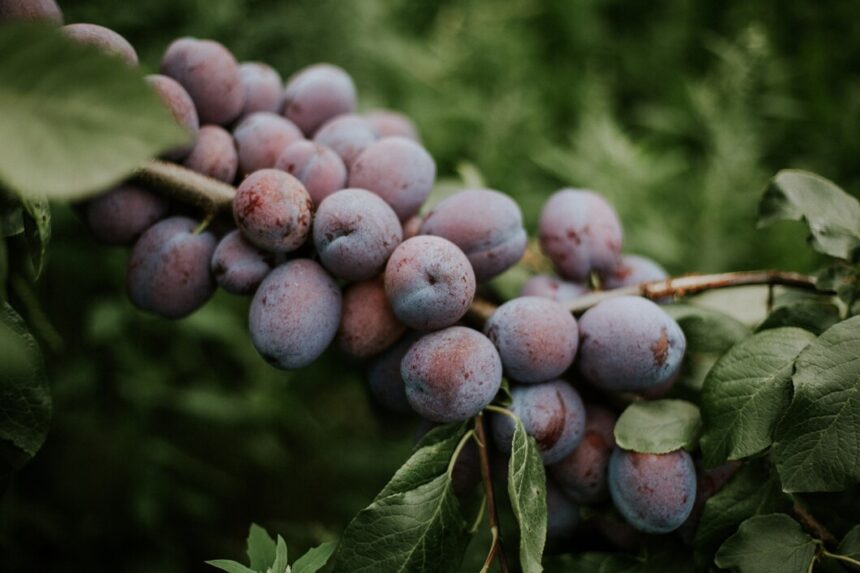Plum pox virus (PPV), also known as Sharka disease, is a serious viral infection affecting stone fruit trees, including plums. Recognizing the early signs of PPV is crucial for farmers and gardeners to prevent the spread of the disease and minimize crop losses. Here are ten signs to watch for:
- Leaf Symptoms: Look for irregular yellow or green spots on the leaves, often accompanied by vein clearing or darkening. These spots may vary in size and shape and can appear on both sides of the leaf.
- Ring Spot: Notice circular rings or arcs of discoloration on leaves. These rings can be yellow, green, or red, and they often encircle a central dark spot, giving the leaf a characteristic ringed appearance.
- Fruit Symptoms: Examine the fruit for mottling, which appears as irregular patches or rings of different colors (yellow, green, red) on the skin. This mottling can distort the fruit’s shape and affect its marketability.
- Fruit Ringing: Similar to leaf ring spots, look for rings or arcs of discoloration on the fruit’s skin. These rings may be accompanied by depressions or cracks in the fruit surface.
- Leaf Deformities: Check for abnormal leaf shapes, such as curling, crinkling, or cupping. Infected leaves may appear smaller than normal or exhibit irregular edges.
- Reduced Fruit Size: Notice a decrease in the size of the fruit compared to healthy plums. Infected trees often produce smaller, misshapen fruits that are unmarketable or unsuitable for consumption.
- Premature Fruit Drop: Observe if fruits drop from the tree before reaching maturity. PPV-infected trees may prematurely shed their fruits due to reduced vigor and weakened fruit-bearing capacity.
- Shoot Symptoms: Look for shoot dieback or stunting in young branches. Infected shoots may exhibit reduced growth, twig dieback, or abnormal branching patterns.
- Bark Lesions: Check for cankers or lesions on the tree’s bark, particularly near graft unions or pruning wounds. These lesions may ooze sap or appear sunken and discolored.
- Systemic Symptoms: Be aware of overall tree decline or stunted growth compared to healthy trees of the same variety. PPV can weaken the tree’s immune system, making it more susceptible to secondary infections and environmental stresses.
Early detection of plum pox virus is essential for implementing control measures such as removing infected trees, using virus-resistant cultivars, and practicing strict sanitation to prevent further spread. If you suspect plum pox virus in your orchard or garden, it is advisable to consult with agricultural extension services or plant health experts for accurate diagnosis and management recommendations. Swift action can help protect your plum trees and preserve the productivity of your orchard.
Join 'Farmers Mag' WhatsApp Channel
Get the latest Farming news and tips delivered straight to your WhatsApp
CLICK HERE TO JOIN






